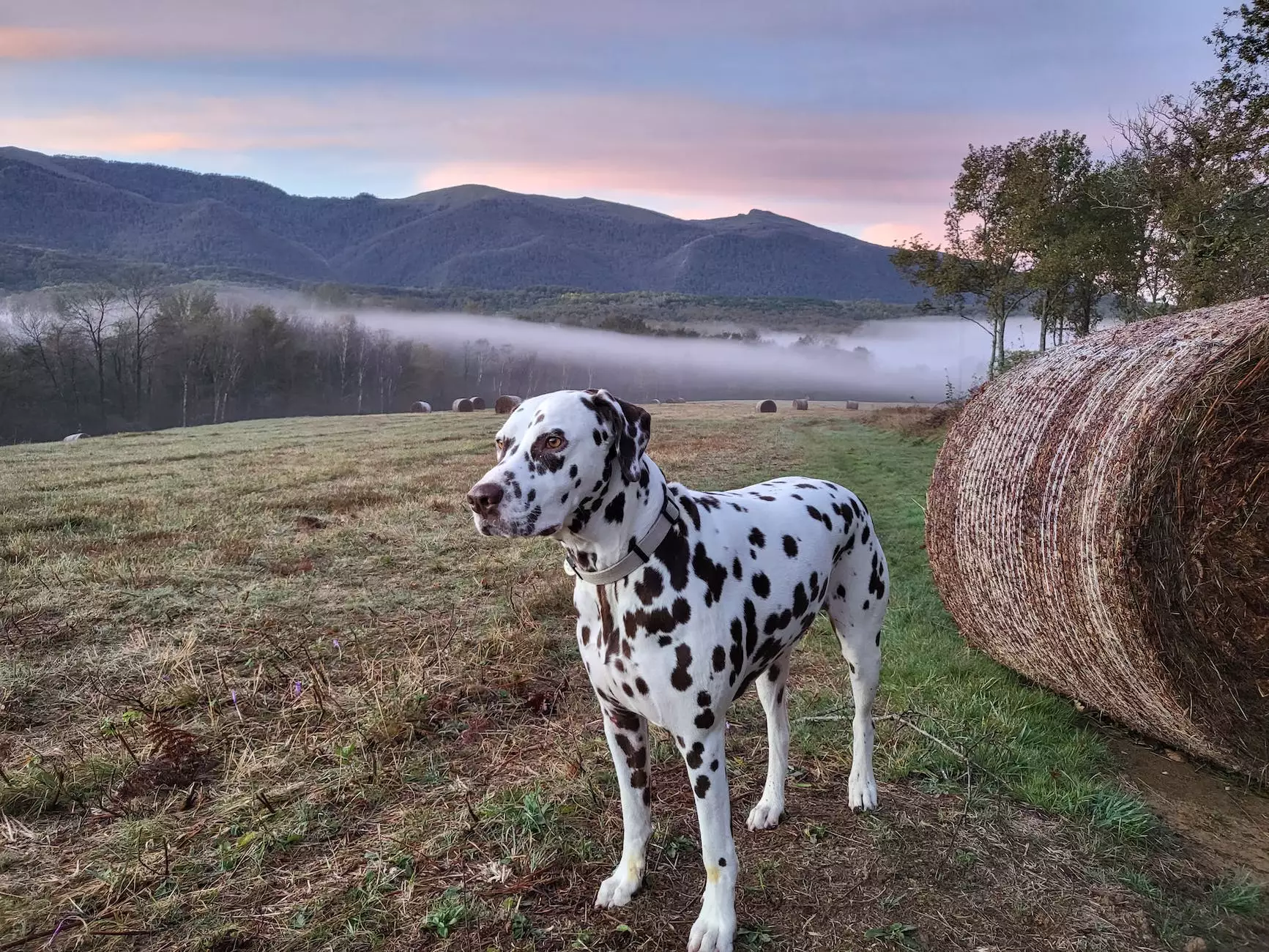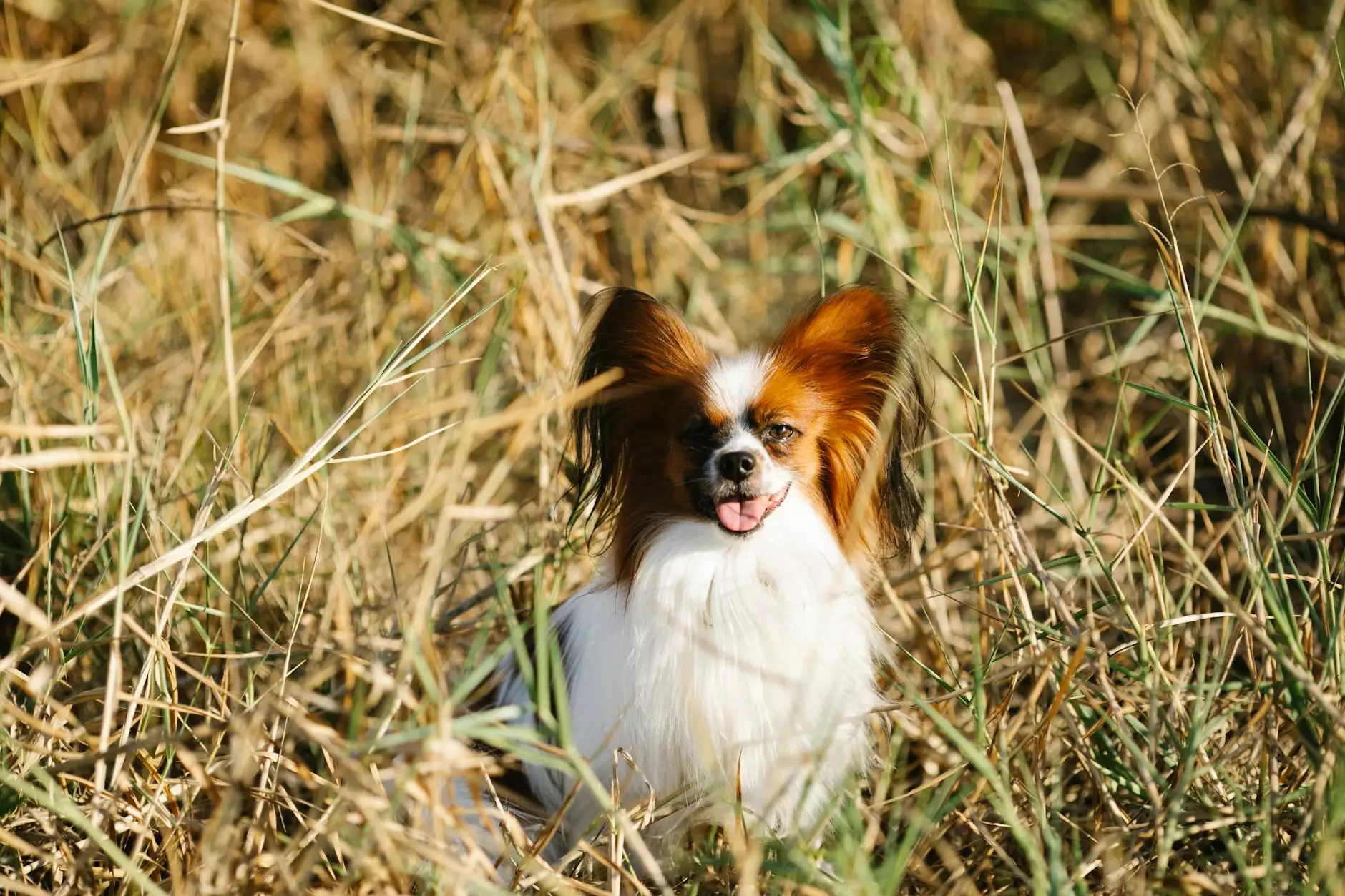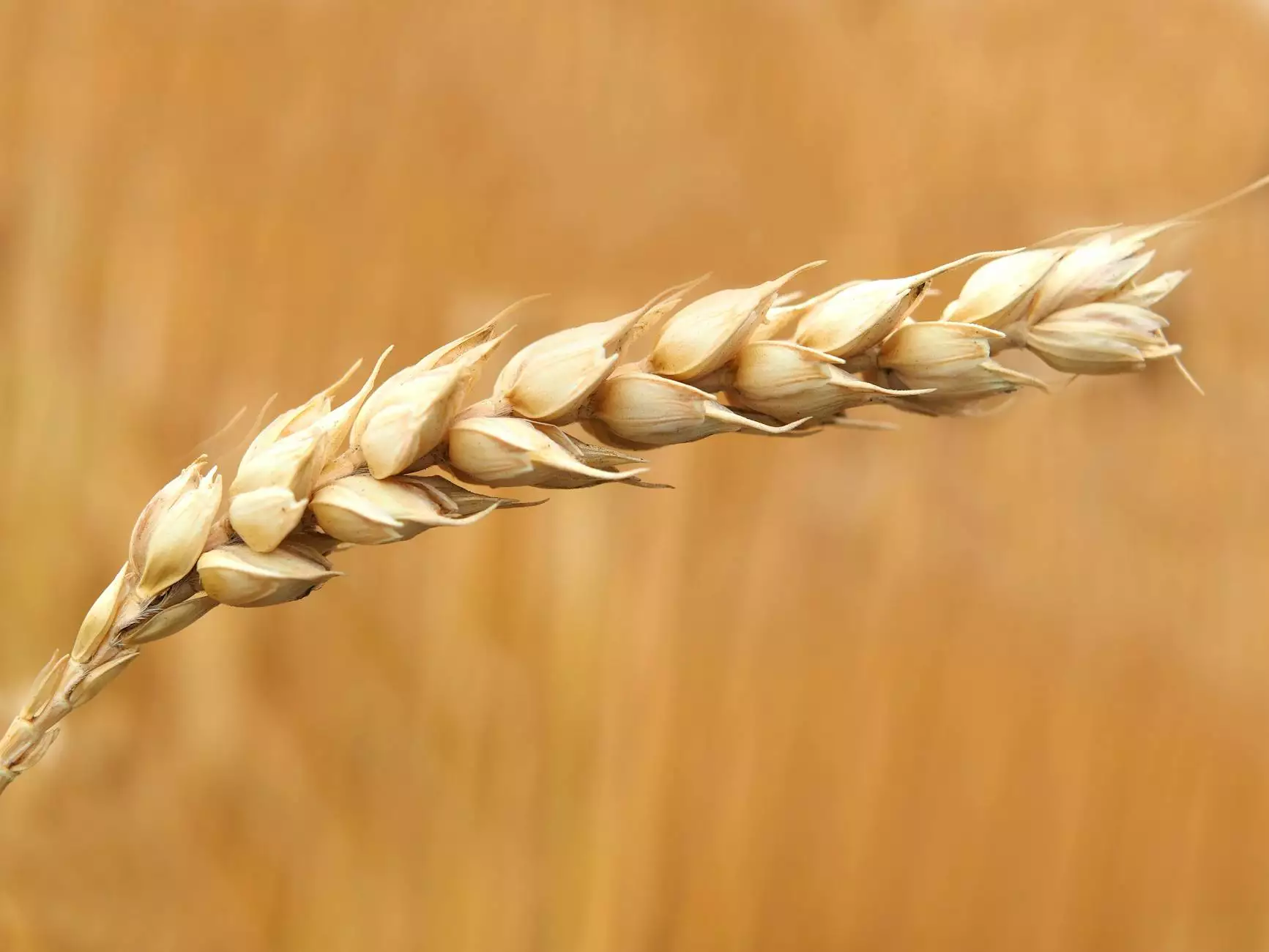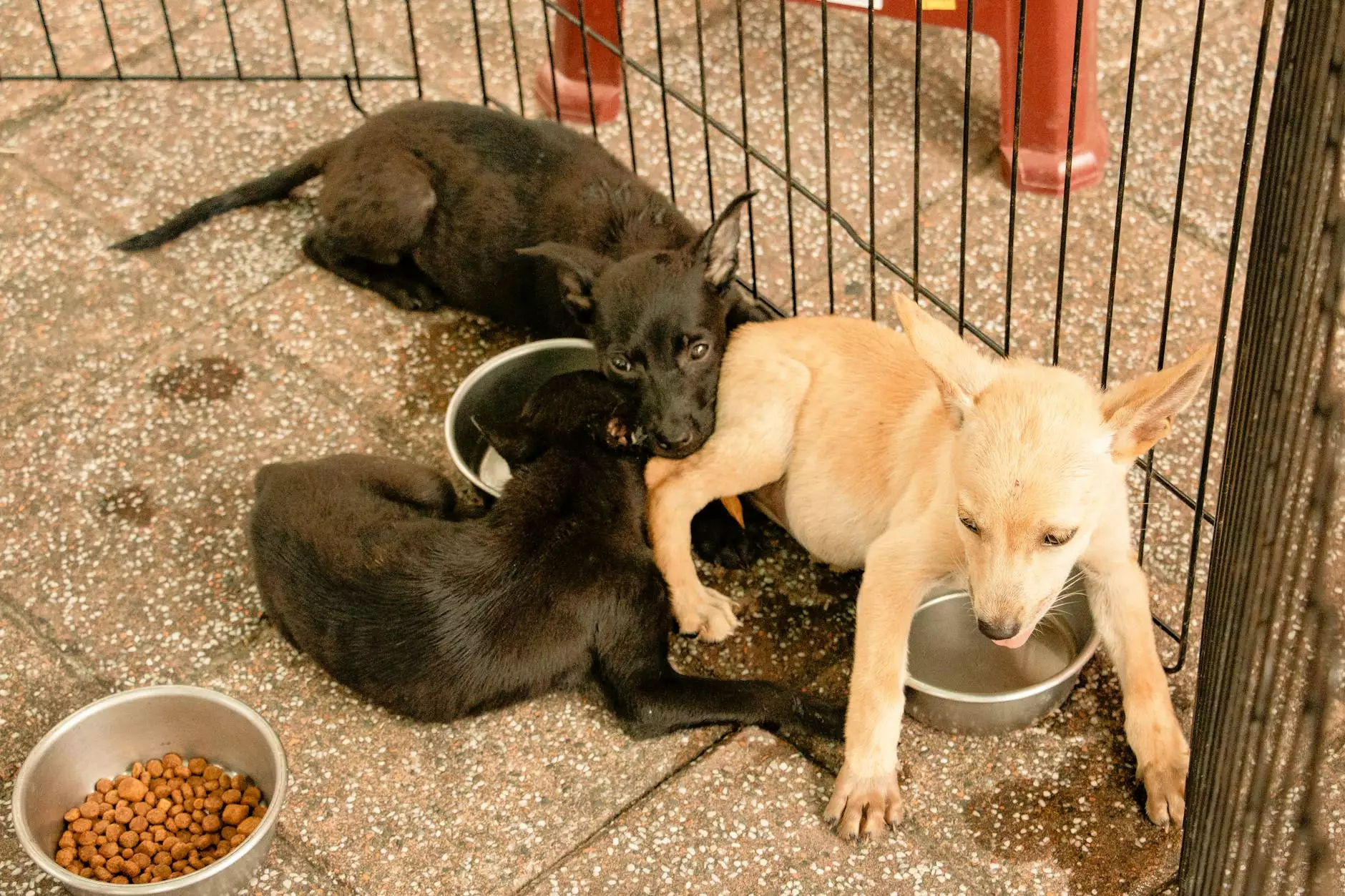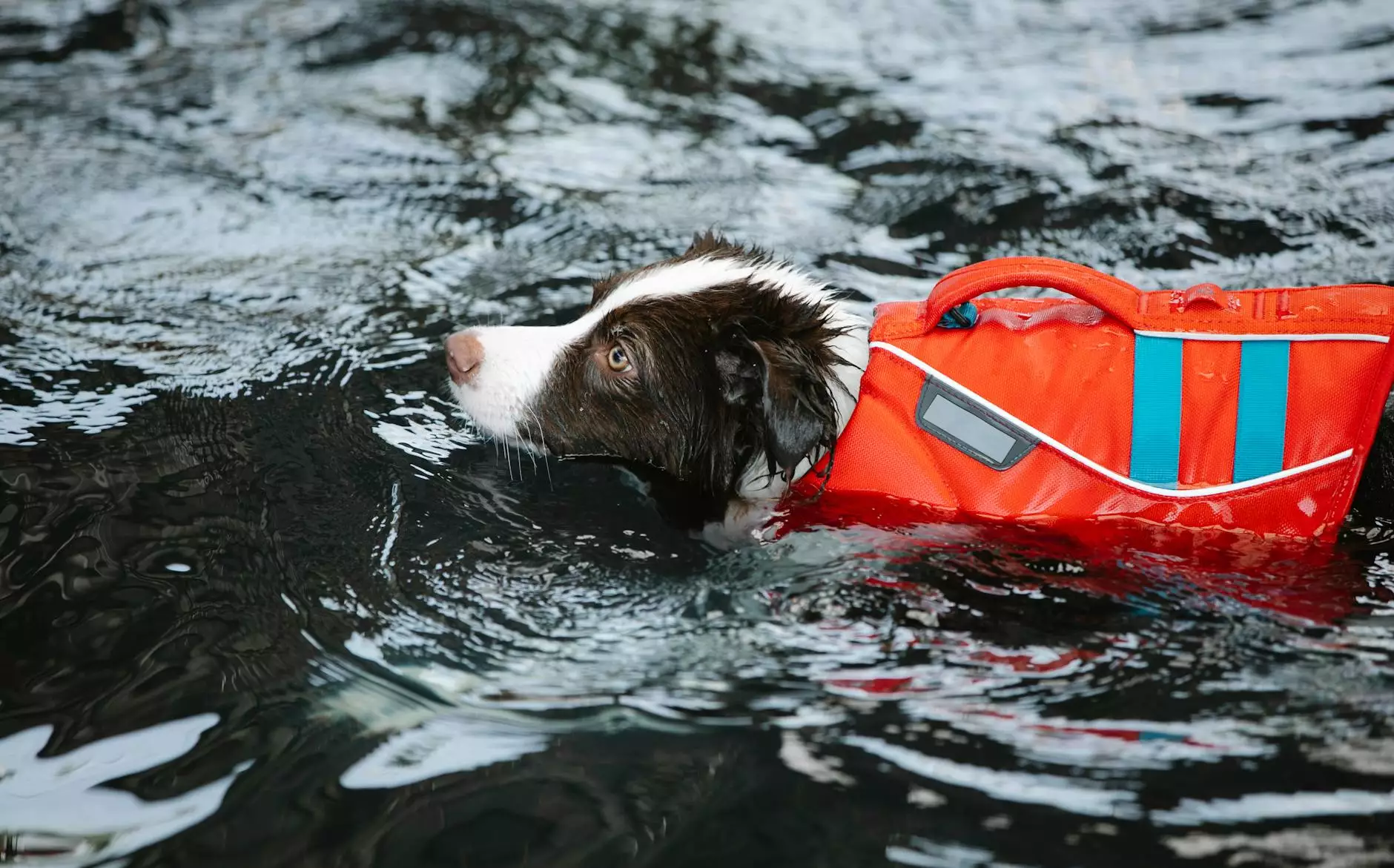Feral Cats: Do You Know the Facts?
Feral Cats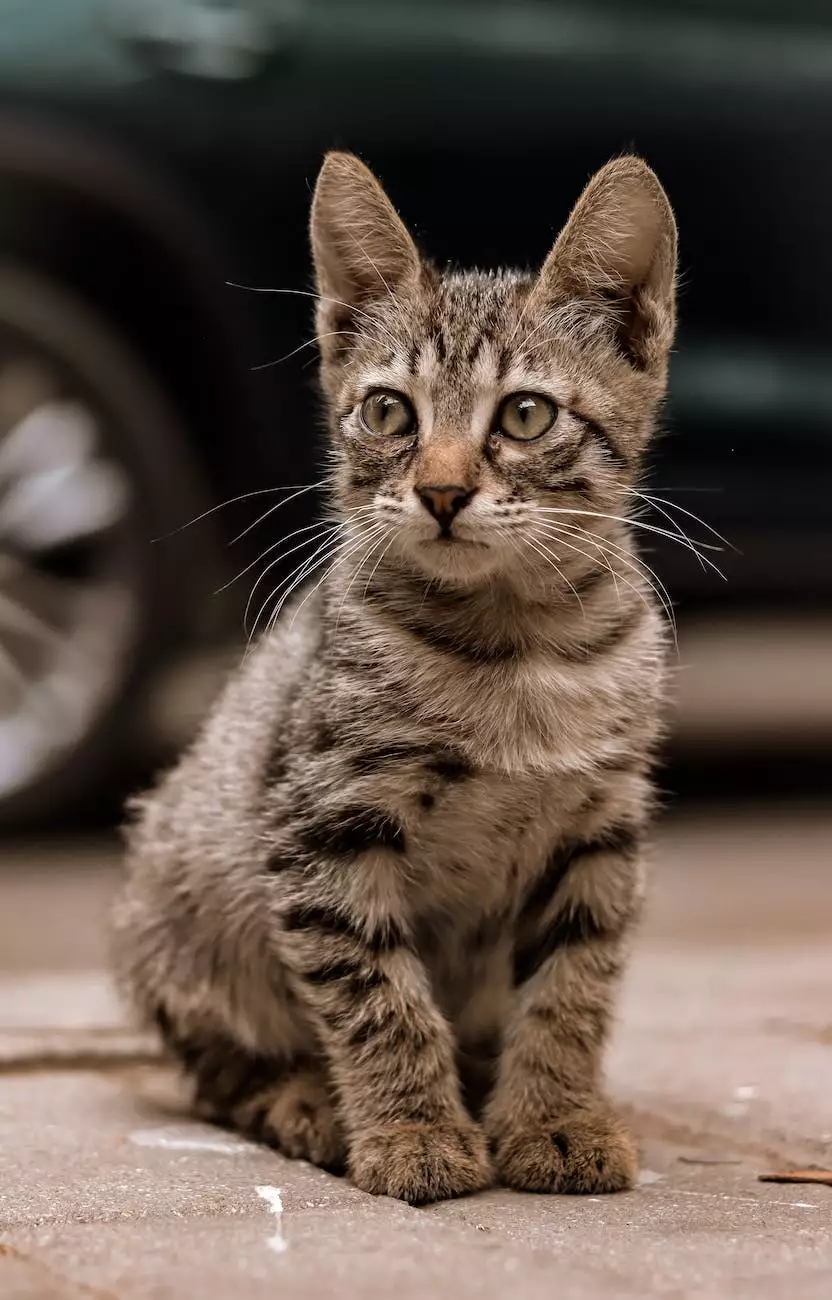
Introduction
Welcome to Exotico Savannahs, your go-to resource for all things related to pets and animals. In this article, we will delve into the world of feral cats, shedding light on their behavior, impact on the ecosystem, and how you can make a difference in their lives. Join us as we explore the fascinating facts surrounding feral cats and learn how to create a more compassionate community for these beautiful creatures.
Understanding Feral Cats
Feral cats, also known as community cats, are domesticated cats that have reverted to a wild state. Unlike stray cats, which are accustomed to human interaction and care, feral cats are largely unsocialized and wary of human contact. They survive by relying on their instincts and natural hunting skills.
These feline residents are found in various habitats, such as urban areas, rural landscapes, and even suburban neighborhoods. While they may seem independent, they often form complex social structures with other feral cats. Understanding their behavior and needs is crucial in ensuring their well-being.
The Impact on the Ecosystem
Feral cats play a significant role in the ecosystem, affecting native wildlife populations. Due to their predatory nature, they hunt small animals, including birds, reptiles, and rodents. This can disrupt local ecosystems and lead to species decline. However, it's important to note that the impact of feral cats varies depending on the region and ecosystem they inhabit.
Efforts to manage feral cat populations have been met with debate, as finding a balance between their presence and conservation efforts is essential. Many organizations advocate for Trap-Neuter-Return (TNR) programs, where feral cats are trapped, neutered or spayed, and returned to their original location. This approach helps control population growth while providing a humane solution.
How to Help Feral Cats
1. Awareness and Education
One of the first steps in helping feral cats is raising awareness about their existence and the challenges they face. Educate yourself and others about their behaviors, needs, and the potential impact on the environment. Sharing this knowledge with your community can lead to greater compassion and support.
2. Providing Shelter
Feral cats need a safe haven to seek shelter from harsh weather conditions and predators. Consider setting up outdoor shelters, such as insulated cat houses or repurposed containers, filled with soft bedding and providing protection from the elements. These shelters can offer a sense of security and comfort for feral cats in need.
3. Food and Water Access
Supporting feral cats with a regular supply of food and fresh water is vital for their survival. Establish a feeding station in a secluded area, away from potential dangers. Use cat-friendly feeding stations to ensure the food remains dry and protected. Remember, an adequate and consistent food source can prevent them from venturing into unsafe territories in search of nourishment.
4. Spay, Neuter, and Vaccinate
Taking proactive steps to curb feral cat population growth is essential. Collaborate with local veterinary clinics or animal welfare organizations to implement TNR programs. This humane approach helps prevent overpopulation and reduces the potential for disease transmission. Vaccinating feral cats also helps protect their well-being and prevents the spread of common illnesses.
5. Partnering with Local Organizations
Connect with local animal welfare groups, shelters, and rescue organizations that specialize in feral cat care. They can provide valuable resources, advice, and support in managing and improving the lives of feral cats in your area. By joining forces, you can create a stronger impact and ensure a brighter future for these misunderstood creatures.
Conclusion
Feral cats hold a significant place in our environment, and by understanding their behaviors and needs, we can contribute to their well-being. Empathy, education, and proactive actions like implementing TNR programs can make a positive difference in the lives of feral cats. Let us stand together to create a more compassionate society that protects these beautiful creatures and their habitats.

